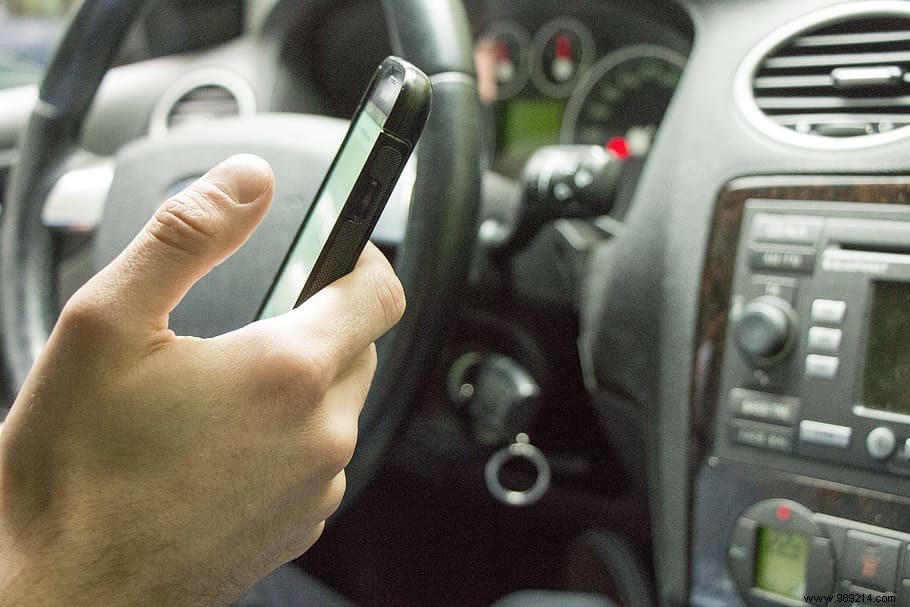US researchers have developed a new way to determine if a person is drinking too much. This technique involving smartphones does a job similar to that of breathalyzers, but in a totally different way. Indeed, it is a question of evaluating the changes in gait of people.
In 2020, it is still useful to remember the famous slogan “drink or drive, you have to choose” . However, this choice could in the future be influenced by our smartphones . In a publication of the Journal of Studies on Alcohol and Drugs on August 18, 2020, researchers from the University of Pittsburgh (USA) described a novel system.
In one study, 22 adults aged 21 and older were tested over a four-month period. They drank caipirovska (vodka, lime and sugar), enough to reach a 0.2% blood alcohol level . However, this is a rate well above the rule in force in the United States, allowing only 0.08%.
After taking alcohol, participants performed exercises several times by following the instructions of a mobile application called Phyphox. The objective was to collect and analyze data from a three-axis accelerometer placed on the lower back of the volunteers. For example, one of the exercises consisted of doing about twenty steps back and forth. Later, the participants repeated the operation without consuming alcohol.

In their results, the researchers reported that the accelerometer was able to spot changes in gait with 92.5% accuracy . Staggering can be a sign of drunkenness and the app is therefore able to identify this kind of movement. In addition, the leaders of the study have declared that they want to continue their research in order to improve the accuracy of the system.
In the more or less near future, this technology could have a lasting effect on behavior motorists. Note in passing that some mobile applications currently allow you to unlock and start a vehicle. In case of drunkenness, the Phyphox application could then disable these features , obviously temporarily.
Finally, this innovation is clearly reminiscent of another. In 2019 in Russia, the Yandex.taxi company acquired by Uber equipped its vehicles with facial recognition software. The latter placed on the windshield of taxis is capable of detecting fatigue drivers, watching for any yawns and other characteristic signs. Again, the device includes a means of prohibiting the driver from accepting new trips if necessary.